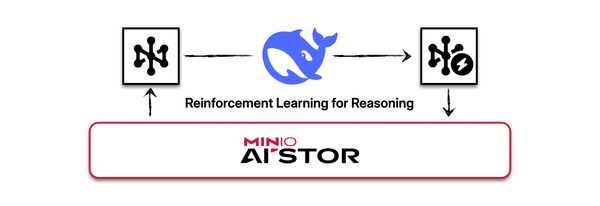MinIO AIStor-powered Data Lakehouse Helps Accelerate AI and Analytics for a Global Financial Institution

1. Executive Summary A global financial institution modernized its Data Analytics Platform, shifting from legacy, appliance-based storage to a high-performance, cloud-native MinIO AIStor-powered data lakehouse. This transition cut deployment time by 50%, maximized data insights, boosted AI model efficiency, improved existing analytics workflows, and enabled entirely new AI-driven use cases. 2. The Environment Like many global financial institutions, this organization
Read more
























